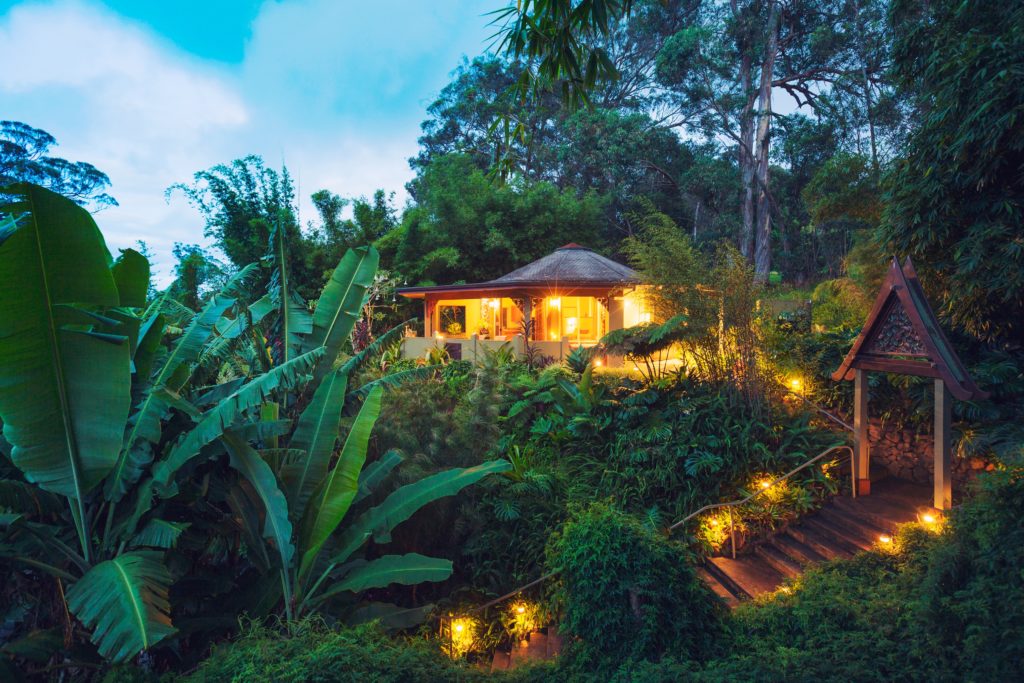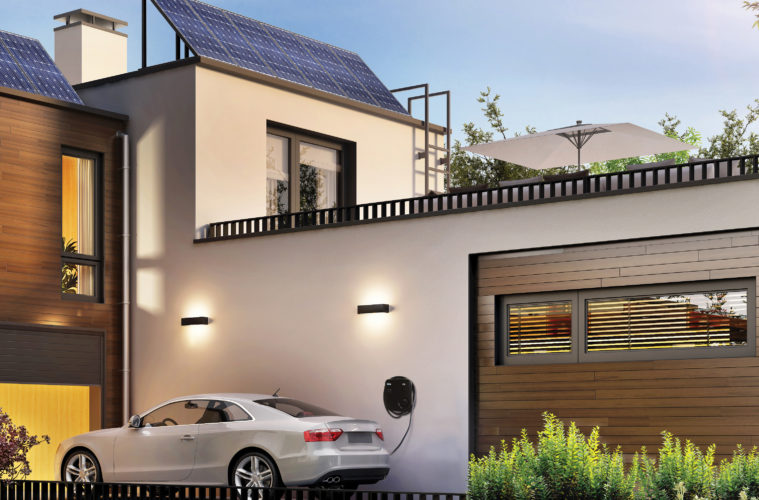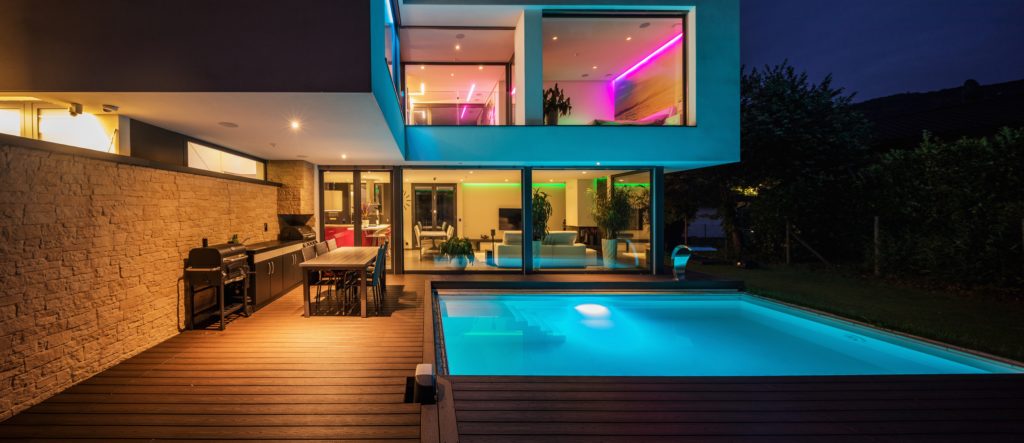Preparing for a sustainable future is at the forefront of many luxury global brands, architects, interior designers, and homeowners’ minds, and it’s making for some exciting design innovations. Here are the hottest trends in sustainability and eco-friendly living.
Reclaimed Resources
A Silicon Valley mansion that boasts a rare LEED-Platinum certification features a floor made of reclaimed Civil War-era wood, sourced from a Tennessee barn, and a terracotta roof sourced from tiles found in southern Spain. Another home in Michigan features locally claimed marble, rock, and limestone. The floor is slate scratched and deposited by glaciers for a living room that resembles a cathedral. More home builders are realizing there is more beauty in reclaimed pieces than in traditional or pre-fab modern building materials.
More and more luxury homes are choosing to reuse locally sourced materials rather than to cut down trees or increase their carbon footprint. Builders are sourcing vintage wood, rock, marble, thatch, and even clay to create environmentally friendly homes that offer creative solutions to building a sustainable home.
Green Roofs, Walls, and Balconies
According to Christie’s, while the Hanging Gardens of Babylon may have been the world’s first green roof, they’ve changed a lot thanks to 1970’s German technology that made them a more viable option.
Today, the roofs of some luxury homes have become continuations of the yard, with grass, plants, flowers, and even trees on top of the roof or part of the roof. Some are built into the side of a hill or mountain and leave the natural terrain on top as part of the home, which also provides natural warmth. And homes in some warmer regions can leave porches and special areas open-air with hanging plants serving as a partial roof.
The rest of yard often features the same plants as the roof, as well as bodies of water that surround or are even an interior feature of luxury homes—the closest a homeowner can come to living outdoors without the inconvenience.
LEED Certification
LEED is a globally recognized green building rating system that takes into account construction, design, materials, operation and maintenance, as well as surroundings and green interior choices. Corporate and public buildings have been seeking LEED certification for years, but in the past, it was virtually unheard of for a residence to receive LEED certification.
Today, homeowners and home builders are seeking LEED certification, and a few even have Platinum Certification. According to LEED.org, homes with certification sell faster and sell for more than homes without it. It’s a way of letting everyone know your home is green and healthy.
Geothermal Heat
A geothermal heat pump is a central heating and cooling system that transfers heat to or from the ground. It uses the earth, with no intermittence, as either a heat source in the winter, or a heat sink in the summer.
Most geothermal heat pumps do well maintaining temperatures at which home owners are comfortable. They can be especially useful for historical, large, or multistory homes that are difficult and pricey to heat and cool. Ground source geothermal heat pumps have been recognized as one of the most efficient choices available to heat and cool a home. Geothermal heat is becoming a standard choice for e-conscious luxury homes.
LED Lighting
Thanks to new advances in LED lighting, it’s possible to drastically reduce your home’s electricity use and not sit in the dark. LED bulbs are much more energy efficient than traditional filament bulbs. According to Energy.gov, LED bulbs use 75% less energy, and last 25 times longer than incandescent bulbs. The LEDs themselves are the size of “a fleck of pepper” and emit far less heat as waste than regular bulbs. Some homeowners are embedding LEDs in ceilings and walls to do away with traditional bulbs.
According to Christie’s “Luxury Defined,” Dutch manufacturer Phillips is creating LED-lit textiles called Kvadrat Soft Cells, which create luminous atmospheric light without flipping a single switch.


EV Charging
No green home is truly green without an EV charger. For slow, overnight charging homeowners choose a Level One charger that allows them to simply plug the car into an outlet in their garage. However, luxury homes are frequently installing Level Two Chargers represent a greater investment but allowing homeowners and their guests to charge enough to get across town in about 30 minutes. Guests can enjoy a party or get-together and be charged by the time they leave. A Level Two Charger like Blink’s HQ 100 requires a plug just like a home’s other major appliances.
According to Pluglesspower.com, the future of the EV is wireless, and luxury manufacturers are racing to be the first to offer it. Cool, futuristic, and more convenient, wireless charging will be a must-have in the most luxurious green homes, where homeowners often drive high-end EVs.
Whether your taste is back-to-nature, vintage, or futuristic, the newest green homes combine sustainability with high technology and good looks for the luxury home buyer.



